Updated March 3, 2025
Japan’s Kawaii (Cute) Culture: Wide Eyes, Bows and Pastel Colors
A big pop culture phenomenon, "Kawaii" is a part of Japanese culture that has made waves across the globe.
You’ve probably come across something "kawaii" before, even if you’re unfamiliar with the concept or know what the word means.
Think Hello Kitty. Kittens and rainbows. Really, anything cute and fluffy, like an enthusiastic Pikachu waving “Pika!” at you — this is the essence of kawaii in Japan.
However, unless you know the background and its cultural significance, it’s a bit hard to really understand what the term Kawaii truly encompasses.
So, let me take you on a tour through arguably the most fun side of the Japanese culture: the culture of everything cute and happy.
In this article: 📝
The Meaning of Kawaii In Japanese
In a direct sense, Kawaii simply means “cute” or “lovable.” However, the culture around this word, or the sentiment that’s given to it, extends much further out than the definition.
Anything can be kawaii if it has the characteristics or the vibe. It’s best treated as a cultural phenomenon, unlike a style of visual design, which comes with stricter guidelines.
What Is and What Isn’t “Kawaii”?
Essentially, kawaii is anything cute, playful, or adorable, but it can also be used to describe anything that’s made to look adorable, as well as anyone who acts like it.
For instance, you can call a cute little puppy “kawaii” because it simply and objectively is cute. Still, things can also get as abstract as a drawing of a fluffy cloud with a cute face puking out rainbows, which is also undeniably very much kawaii.
So, essentially, kawaii can be used to refer to inanimate objects, drawings, characters, outfits, and humans who are small and cute, like young children.
Kawaii is embraced by all because it is innocence and positivity in its purest form. Because Kawaii is undeniably childish in nature, it ties in with the common theme of youth, which is also valued heavily in Japanese culture. It provides a colorful form of escapism to an otherwise grey adult life full of responsibilities, social manners, and behavioral restrictions imposed by society.
So, anything that’s child-like, cute, and overly expressive in a positive way can be classified as “kawaii”, but how exactly did it come to be?

The History of Kawaii: The Origin of Cuteness
The expression of cuteness in the kawaii culture comes with a side of shyness, or a reservedness at the very least, because the word itself originated from another term that means “shy and cute” or “blushed face: “Kawayushi.”
The term was used to describe a blushing face in early 1900s Japan, but over time, it took on the meaning of small, cute, and defenseless. So, it was mostly used to describe children and small animals at first, and there was a bigger emphasis on the “defenseless” or “vulnerable” aspect.
In the following decades, kawaii gained more prominence in Japanese culture, especially among girls and younger people in general, but it was mostly used for commercial purposes. This especially took off with the emergence of the writing style Marumoji, which has contributed immensely to kawaii culture.
Kawaii As A Commercial Wave
At the beginning of the 1970s, kawaii started to gain more prominence in Japanese culture, especially with the cutesy style of handwriting, Marumoji, emerging around this time.
Marumoji is a different way to write Japanese letters that’s achieved by rounding out the characters and writing them in a “cute” way. So, it was basically a form of cursive but used mostly by women, children, and whoever else felt “vulnerable and cute.”
The emergence and popularity of Marumoji also struck a chord among this same target group who were looking for cute stuff, mostly comprised of schoolgirls. This explains the popularity of commercial products with cute, Marumoji-style writings among kids and teen girls who valued cuteness over everything else.
Shojo Manga and Wide-Eyes
Around this time, another big influence that emerged and helped shape the kawaii culture today was the Shojo manga.
Shojo manga is a type of manga that’s aimed at young girls, popularized by the authentic styles of artists Riyoko Ikeda and Moto Hagio.
This is where the cute and wide-eyed characters emerged as symbolisms for cuteness, invoking a sense of protectiveness and an underlying pity, which quickly became a part of kawaii culture.
While Shojo manga is only a small genre, if you want to learn more about the manga culture in general, check out my post where I explain where and how to buy manga in Japan.
Today, you can see the influence of both Marumoji and Shojo manga on many kawaii icons like Hello Kitty and its countless lines of merchandise populating every store all over the world.
However, in the modern age, kawaii has become so much more than big round eyes and cutesy fonts, which define kawaii culture in a more basic, barebones way.
Kawaii Evolved: The Sub-Genres of Kawaii Today
Today, the definition of kawaii has expanded and has created subgenres of its own, which are defined by the light or dark undertones that accompany the cute look. Let’s have a look.
Yumekawaii: The “Dreamy-Cute”
Starting with the lighter version, this subgenre of the Kawaii culture, called Yumekawaii, comes from the words dream and cute.
This style of Kawaii takes the whole cuteness thing to the max and involves getting a little abstract, hence, the dreamyness. This is where the rainbow-puking fluffy clouds feel right at home, as well as all the pastel pink, blue, and yellow.
Yumekawaii doesn’t deal with reality; instead, the desired look is inspired by a dream-like perfection. So, heart-shaped eyes, bright pink-blue hair, and unrealistically big eyes are all a big part of the culture.
In general, Yumekawaii is best described as a fairytale or fantasy brought to life, so lots of glitter and surreal imagery are used to achieve the larger-than-life feel.
What’s more, accessories aren’t so much of a necessity but are more complementary in Yumekawaii, unlike the Decora look I’ll cover later.
That said, it’s somewhat common to use non-kawaii accessories to highlight the dream-like aesthetic here, drawing a line between a dream and a nightmare by utilizing sad or “emo” imagery.
Gurokawa: The “Creepy-Cute”
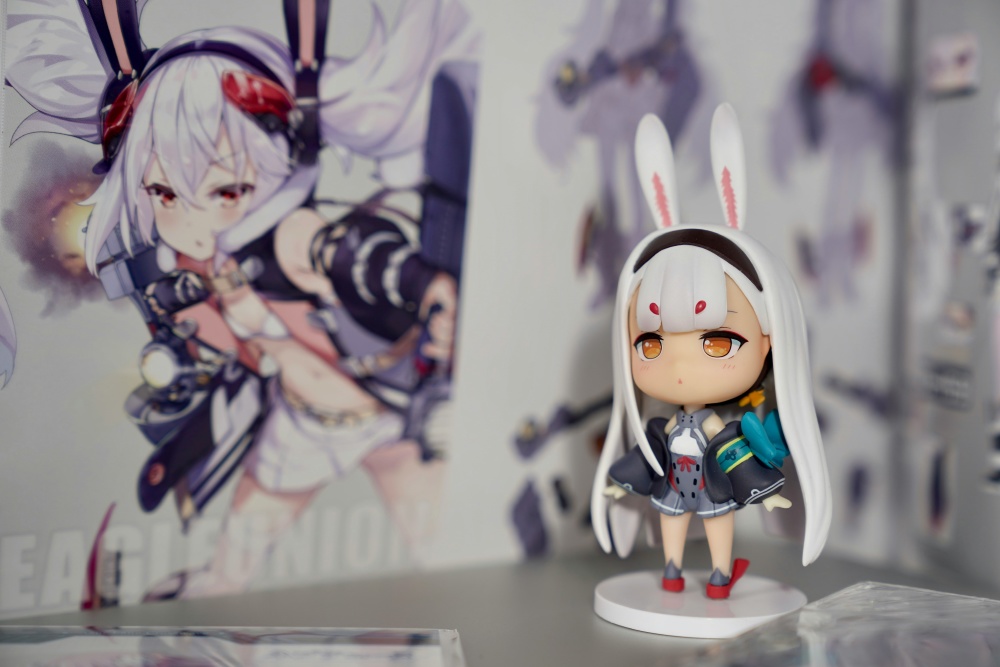
In contrast to Yumekawaii, Gurokawaii represents kawaii's darker side, effectively bridging the gap between goth and cute.
The term literally means “creepy cute” or “grotesque cute”, and is made up of the first syllables of “kawaii” and “grotesque.”
The big visual themes in Gurokawa are evil teddy bears and colorful but veiny eyeballs. The fashion counterpart of the whole aesthetic is maximalist, and unlike Yumekawaii, accessories make up the majority of the look.
The video game series Persona includes great examples of Gurokawa style due to the involvement of cute-looking characters who pack a punch and can get ferocious in battle.
The Gurokawa style has also gained popularity in the West, especially with the success of indie games like “Cult of The Lamb” featuring cute little devil-worshipping lambs, and the excessively bloody web series “Happy Tree Friends” which features cute animals getting hurt in graphic ways.
While the exact origin of the style is unknown, it’s believed that the artworks of the manga artist Junko Mizuno in the early ‘00s established the majority of the common themes of the subgenre.
The Influence of Kawaii In Real Life: Art, Fashion, Gaming, and More
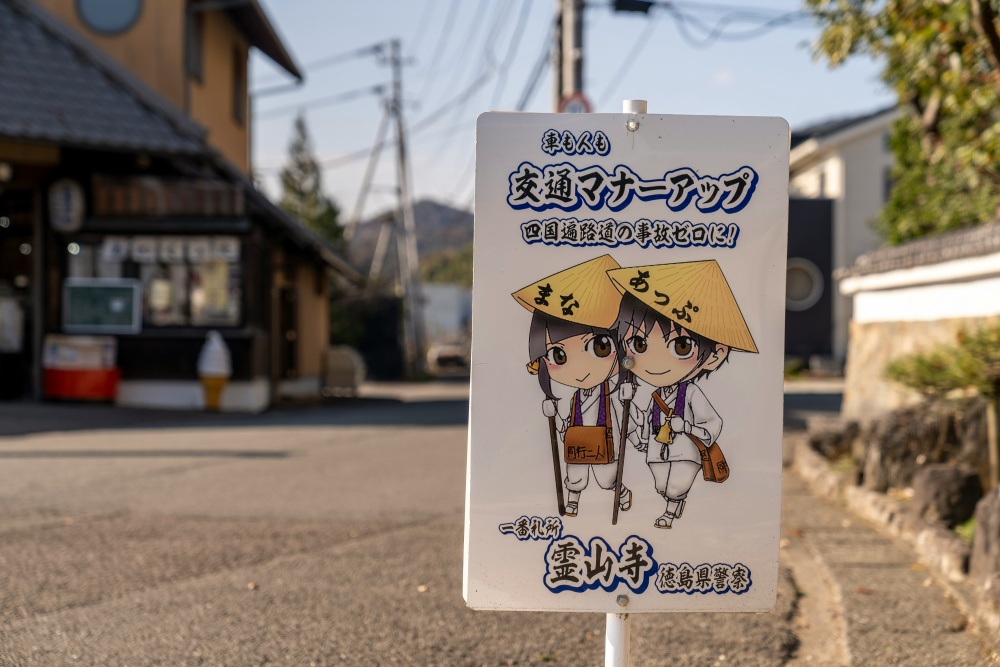
Kawaii as a culture isn’t just about looks. The culture is so imbued in Japan as a country that you can see the effects of Kawaii in pretty much all aspects of daily life here.
Visual art pieces and flashy fashion aren’t all I’m talking about here, as Kawaii goes beyond that. You’ll see its effects in food, the service industry, marketing, gaming, and other forms of entertainment.
Kawaii In Food
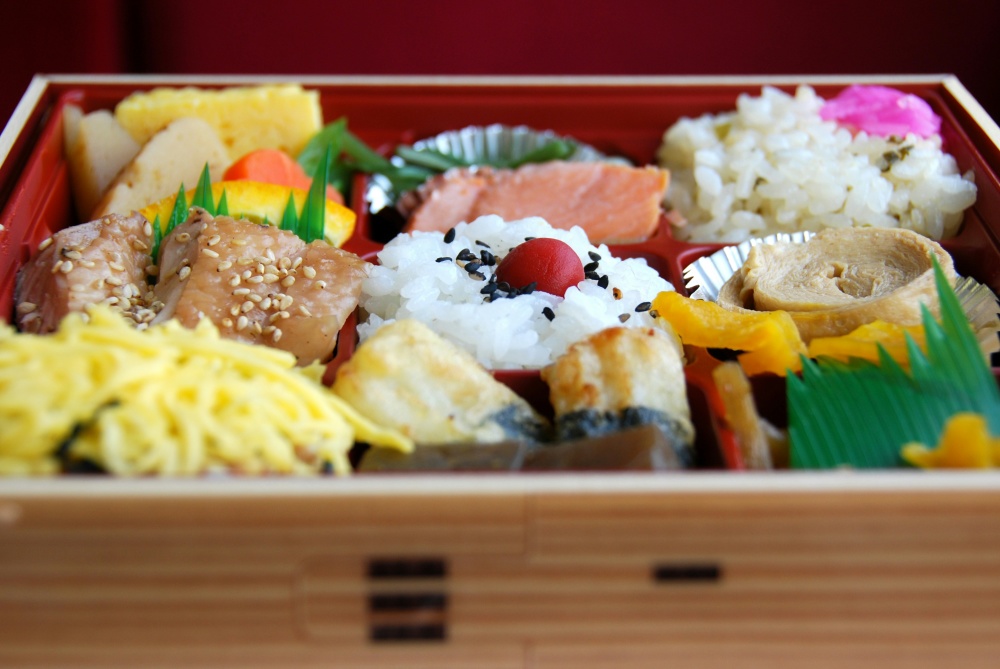
In Japan, it’s easy to find kawaii-themed cafes and restaurants. That said, the kawaii spirit extends further beyond.
You may have already seen cat and dog cafes on social media, but you can even find establishments themed around specific anime or video games in Japan.
Even the food can be kawaii in Japan! You may have seen social media posts of cute and quirky-looking Japanese desserts and meals, but that’s just the tip of the iceberg.
In fact, turning meals into cute-looking, neatly organized boxes is even a culture of its own in Japan. Called “Bento boxes”, this practice is all about organizing staple food items into a rectangular box with little compartments, which gives the meal a “Kawaii” look.
Kawaii In Entertainment
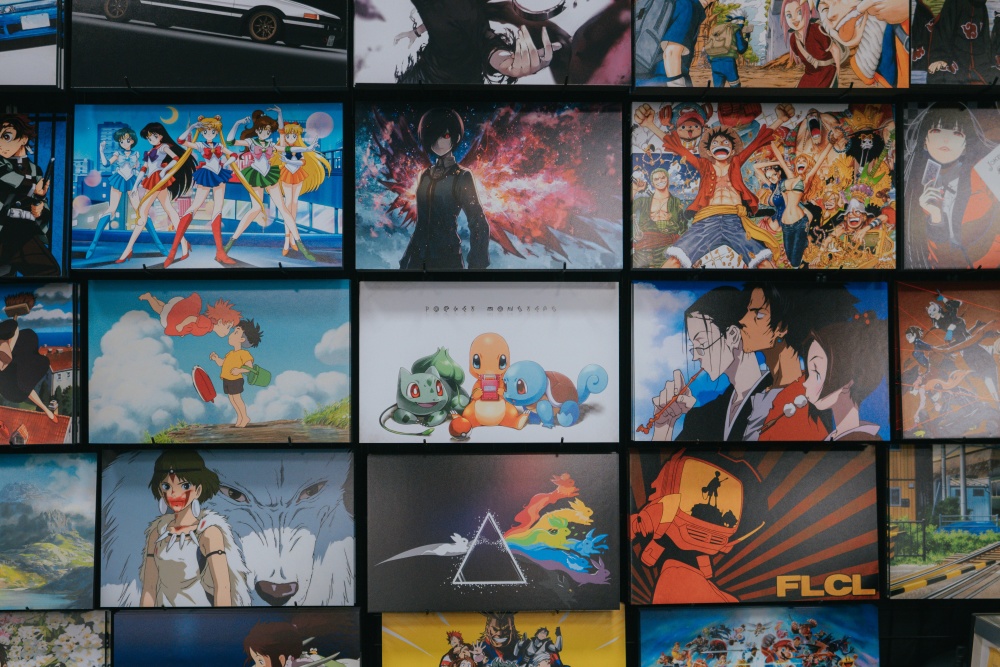
Kawaii as a fashion style is embraced by many pop idols and celebrities in Japan, but it’s not just about looks.
A “Kawaii” mannerism, as well as gestures, are also embraced by many pop stars. For instance, while it hasn’t originated from the Kawaii culture, as I explained in another post, the peace sign is a big part of the kawaii mannerism, as it’s commonly used in poses that are meant to look kawaii, along with pursed lips.
You can also see the effects of the Kawaii design style in all sorts of media. The influence on colors, style, and symbolism used in performances, films, games, and other forms of media are hard to miss, no matter the genre.
Common examples of kawaii in entertainment include Sailor Moon, Hamtaro, Doraemon, and Pokemon, but these are only the tip of the iceberg. You can find plenty of other examples by scrolling through the collection of any manga cafe or your favorite anime streaming site.
If you’re looking for anime recommendations, my post on the top anime series in Japan can be a great starting point, as I included recommendations for both beginners and more advanced Japanese speakers.
Kawaii Mascots of Japan
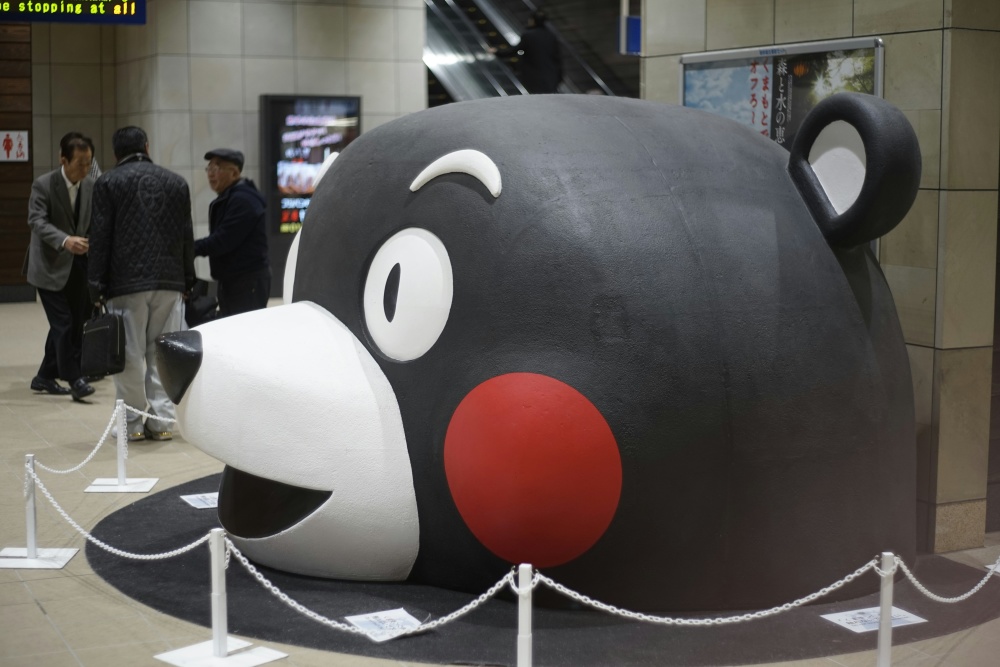
The mascot culture in Japan is already big: everything you can think of has a mascot.
Be it a company, a cafe, a brand, or a team, anything can have a mascot in Japan, and they’re usually the perfect embodiment of the kawaii culture with cute, endearing, and colorful features.
You’ll find cute mascots everywhere in Japan: even schools and public offices have one, which shows how much kawaii is a part of life here.
This is also why Japan has lots of mascot-heavy franchises like Pokemon, as the monster-catching and collecting theme is wildly popular in Japanese manga, anime, and video games, most of which offer kawaii creatures/animals at their finest.
Kawaii In Fashion
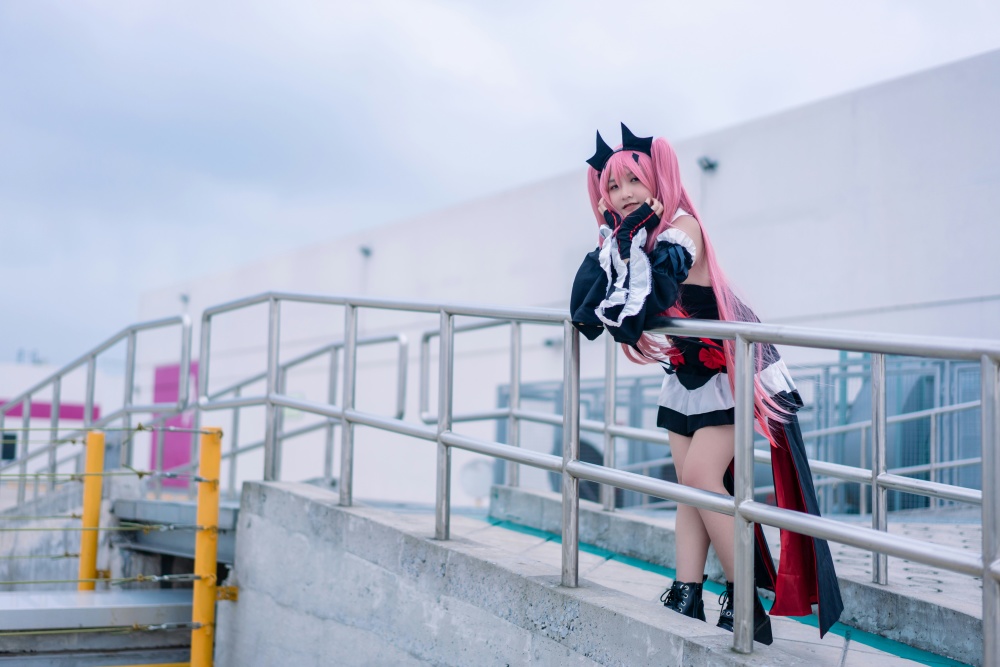
Kawaii is defined by a cutesy look, so its influence on fashion is massive.
For one, there’s a whole industry and subculture dedicated to cosplaying (costume playing) as anime, video games, or manga characters. So, it’s common among youth to dress up like their favorite “kawaii icons.”
While cosplaying is more of an occasional thing, other subcultures embrace kawaii fashion as a daily thing.
As the main requirement is to look cute and innocent, this can be as minimal as wearing pastel-colored clothes, with a bow thrown in for good measure. Some take it a bit further and dress similarly to a Victorian-era look, complete with a bonnet, which is described as Lolita fashion.
However, this isn’t the most extreme Kawaii fashion gets. There’s also a maximalist approach called decora fashion, which involves many tiny details. The look is especially defined by lots of bright colors, crazy accessories, and colorful wigs, resembling characters that are straight out of a “magical girls” anime.
The Harajuku district in Tokyo is the center of kawaii fashion, and the more “out-there” decora looks are easier to come by in this area. Many people come to the district to shop for kawaii clothes, and it’s also popular among Kawaii lovers who want to show off their styles out on the streets.
Top Examples and Cornerstones of The Kawaii Culture
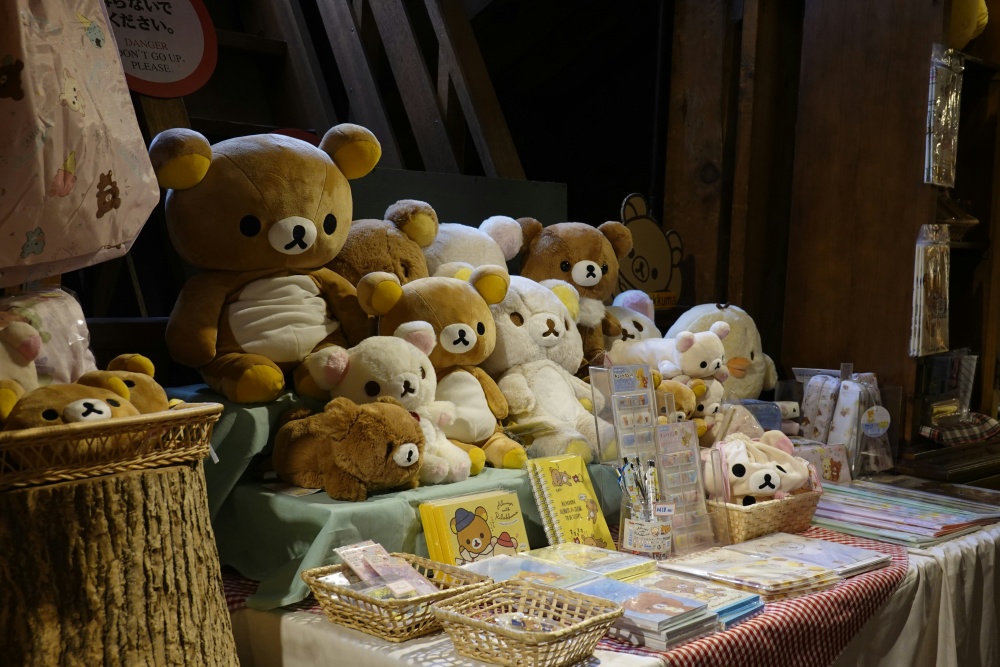
Continuing with more solid examples, let’s explore some of the best illustrations of Kawaii in Japanese culture, and introduce some of the cornerstones that helped shape the culture.
I’ve already mentioned this name several times so far, but the influence of Hello Kitty, which popped up on the scene in the mid-70s, is perhaps the biggest here. Especially the concept of cat ears, which is arguably the most recognizable symbol of kawaii today, as well as the cute little bows and decorative flowers, are all Kitty’s trademarks.
Similarly, Totoro, from the renowned animation company Studio Ghibli’s film “My Neighbor Totoro”, with its cat-like appearance, is another widely known face of the Kawaii culture.
Although you may not know it by name, another very common Kawaii icon in Japan is the cartoon bear character, Rilakkuma. This character, getting its name from the words relax and bear, symbolizes cuteness and happiness, and is slapped on a wide range of products in Japan.
Lastly, Kumamon, also a well-known bear mascot, is another cornerstone of the Kawaii culture. This black bear with red cheeks was a part of the local government of Kumamoto prefecture’s efforts to promote tourism, but came to be embraced by the culture of Kawaii and is well known as its own entity today.
Evolution of Kawaii and Pokemon
The cat influence, as well as other animals that are often described as cute, has made its way into the wildly popular monster-collecting franchise Pokemon too.
As an international franchise that’s still ongoing and coming out with new “creatures”, Pokemon beautifully demonstrates Kawaii's evolution.
While the series started with animal-like creatures that fit an older, narrower definition of kawaii, the more recently released franchise mascots include inanimate objects and even food items that are given cute looks and personalities.
So, you can tell how society’s perception of what can be “cute” has evolved over time. The existence of these “cute objects” with personalities proves that kawaii today knows no bounds, and anything can be deemed “kawaii” as long as they give off that cutesy and adorable vibe.
How Kawaii Is Received By The General Public
At first glance, Kawaii fashion and culture may seem too far out there to be mainstream to the outsider's eye. So, it’s easy to think that it’s a cute little subculture that’s embraced by a specific group.
However, the truth is that the Kawaii culture has pretty much infiltrated into all aspects of life in Japan, and is an integral part of popular culture. This is why, in a way, it can even be considered mainstream.
It isn’t deemed flippant, either. No matter how serious the setting, you’ll find signs of Kawaii culture on commercial products, company mascots, and even in government offices.
Concerns and Criticism
Still, there has been public discourse over the controversiality of the Kawaii culture in the past, and it’s still ongoing today. The majority of the criticism centers around how the culture cutifies and normalizes the infantilization of women.
In a similar vein, another public argument deals with the dangers of adults adopting a culture that’s usually attributed to kids and sexualizing it in the process, which has some validity to it.
That said, while they don’t see any problem with the children's safety aspect, some people simply find the whole culture too superfluous and excessive.
This is because kawaii is huge in Japanese marketing, and you’ll see it on nearly every product. So, some people think it’s nothing but a marketing tactic to condition people into buying more stuff, even though this opinion is in the minority.
Conclusion
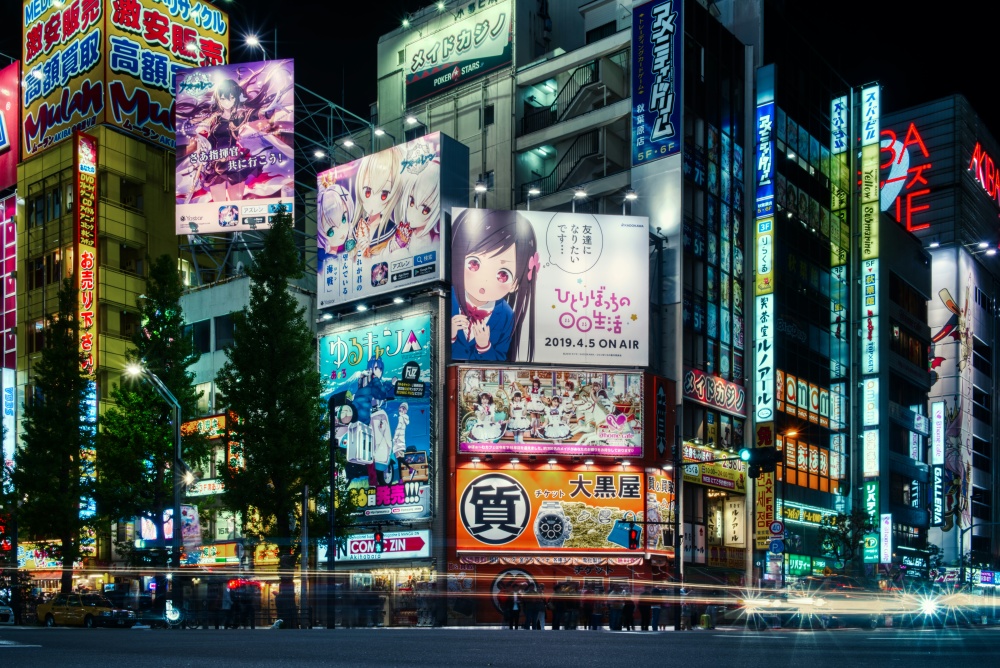
As you can tell by now, Kawaii is a huge part of Japanese culture.
On the surface level, it’s easy to think that it’s a niche culture that caters to kids and teens, but the reality is that you’ll find something kawaii in every aspect of daily life in Japan.
While it originated from manga aimed at women and a cutesy handwriting style, kawaii today knows no limits: there are kawaii icons/characters on every piece of merchandise, and even companies and government agencies have kawaii mascots!
Naturally, kawaii is well-represented in Japanese media as well. In fact, adorable mascots like Hello Kitty and Pokemon are the tip of the iceberg, as the cute vibe and aesthetics of Kawaii transcends beyond these franchises and can even be seen in advertisements, talk shows, and variety shows.
Today, the Kawaii culture in Japan is embraced not only by children but also by adults. Over time, more abstract concepts have added to the culture, and subgenres like dreamy-cute and creepy-cute have become prominent in media as well.
While there are public concerns about the infantilization of women, kawaii, in general, is widely popular in Japan, and it’s still evolving today as a cultural phenomenon that has become an international sensation.
Get Job Alerts
Sign up for our newsletter to get hand-picked tech jobs in Japan – straight to your inbox.







